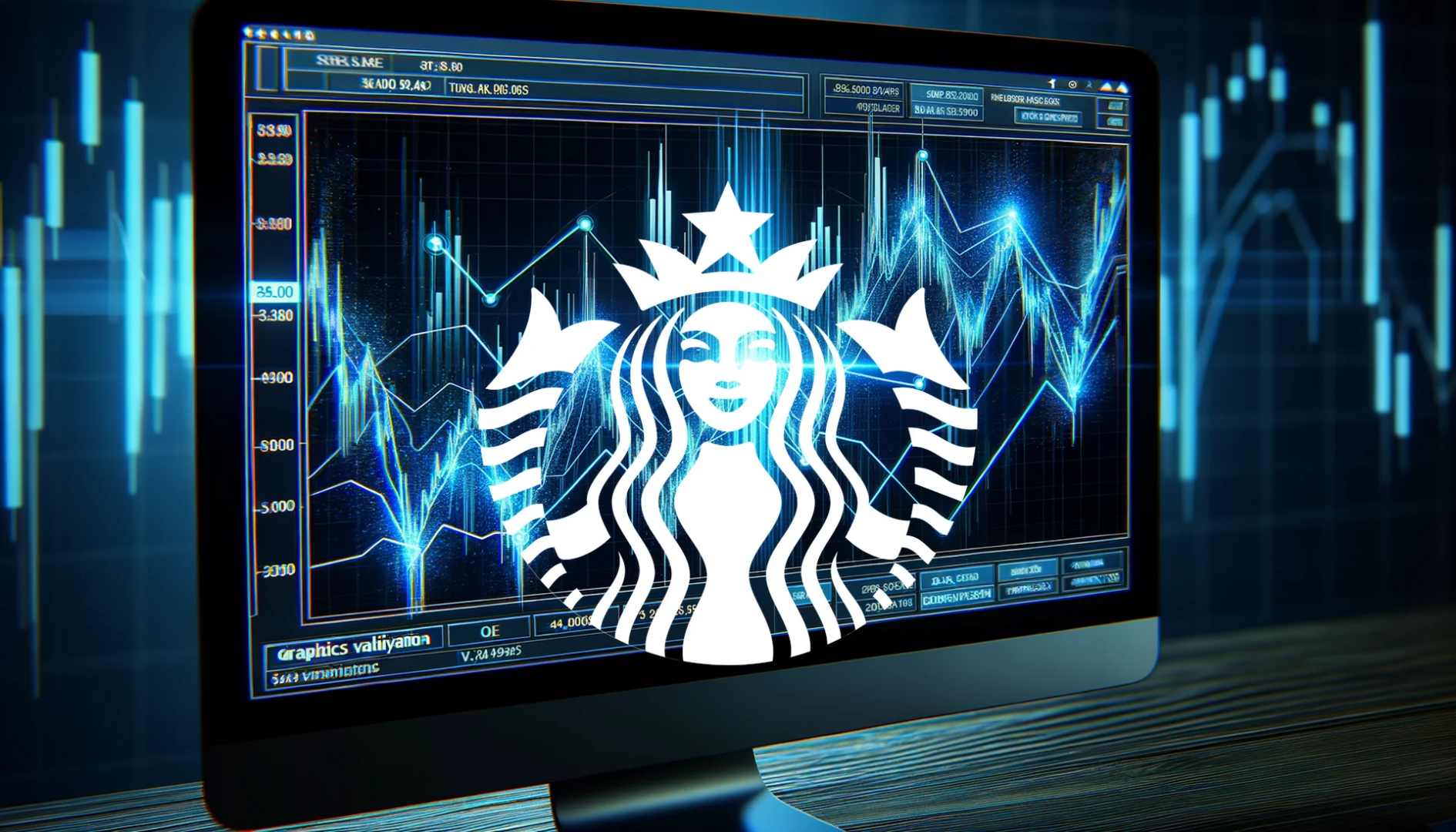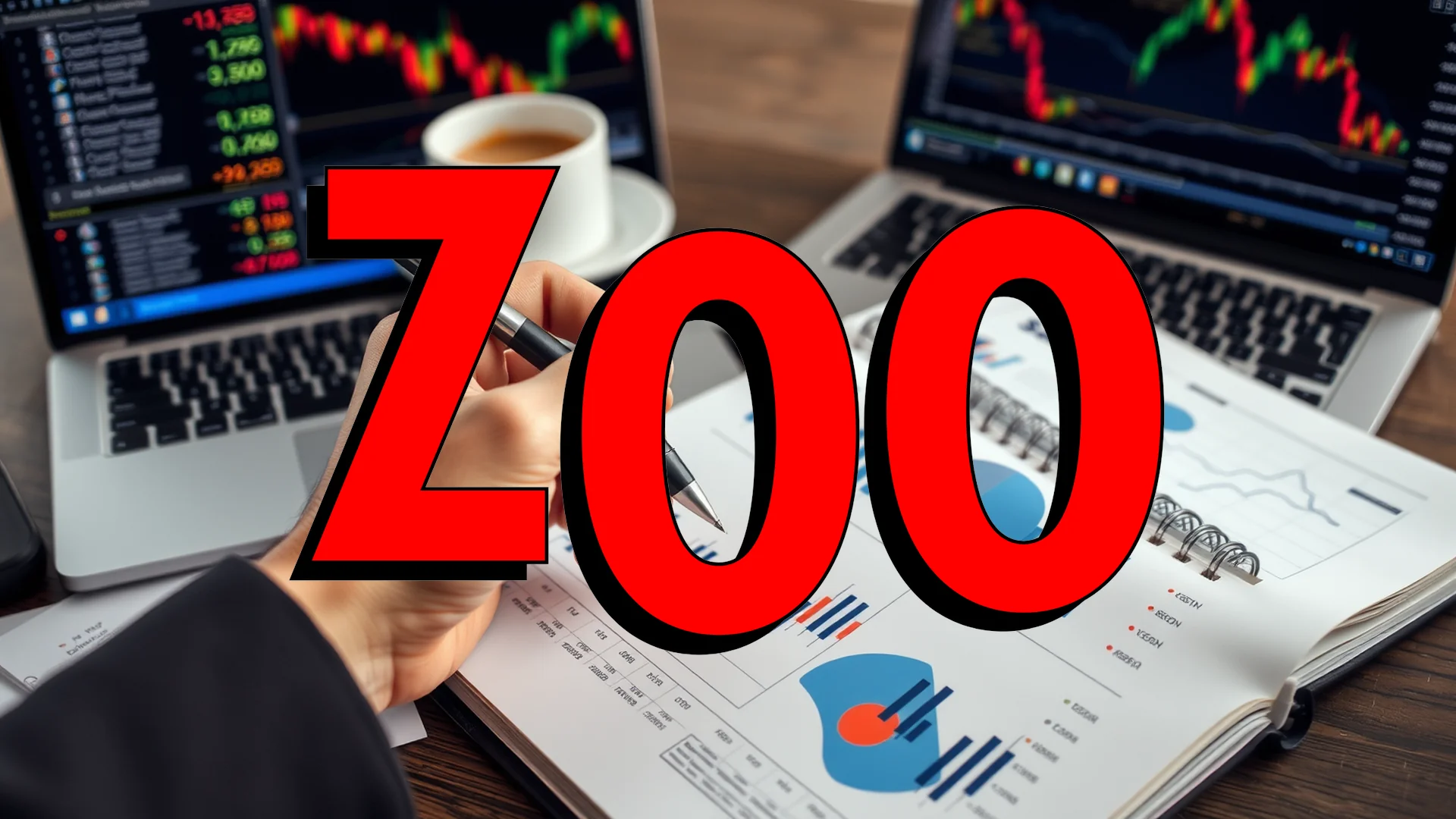The global coffee chain Starbucks finds itself navigating turbulent waters as its latest financial performance reveals a troubling divergence between top-line growth and bottom-line results. While the company’s strategic initiatives show early signs of revitalizing sales, profitability metrics tell a concerning story that has investors questioning the sustainability of the recovery.
Profitability Pressures Intensify
Recent quarterly earnings present a classic case of mixed signals for market participants. Starbucks recorded $9.6 billion in revenue, exceeding analyst projections and representing a 5% year-over-year increase. However, this positive sales performance was dramatically overshadowed by a 35% collapse in earnings per share. The most alarming indicator came from operating margins, which plummeted to just 2.9% from previously stable double-digit percentages.
This margin compression stems from substantial restructuring expenses tied to the closure of 627 store locations, combined with persistent competitive pricing pressures across key markets. The dramatic decline in profitability raises fundamental questions about the company’s current operational efficiency.
Strategic Initiatives Show Tentative Progress
Amid the challenging financial landscape, Starbucks’ “Back to Starbucks” campaign has delivered its first positive comparable sales growth in seven quarters, albeit a modest 1% increase. International markets, particularly China with 2% growth, are gradually gaining momentum and contributing to the fragile recovery.
Should investors sell immediately? Or is it worth buying Starbucks?
The company’s August introduction of the “Green Apron” operational model appears to be yielding initial benefits, with September and October sales data showing encouraging trends. These early indicators suggest that management’s strategic recalibration may be starting to bear fruit, though the progress remains tentative.
Transparency Concerns and Valuation Questions
Market confidence faces additional headwinds from the company’s communication strategy. Management has provided minimal detail regarding anticipated cost savings or specific guidance for fiscal year 2026, creating an information vacuum that fuels skepticism about the long-term viability of the current turnaround plan.
From a valuation perspective, Starbucks shares trade at a concerning premium with a price-to-earnings ratio of 52, significantly above market averages. This valuation appears difficult to justify given current performance metrics, with discounted cash flow analysis suggesting potential overvaluation exceeding 100%. Even the dividend payment of $0.62 per share shows vulnerability with a payout ratio above 100%.
The critical question for investors remains whether Starbucks can successfully convert these fragile revenue improvements into sustainable profit growth before market patience wears thin. The company’s ability to navigate this transition period will determine whether current challenges represent temporary growing pains or more fundamental structural issues.
Ad
Starbucks Stock: Buy or Sell?! New Starbucks Analysis from December 19 delivers the answer:
The latest Starbucks figures speak for themselves: Urgent action needed for Starbucks investors. Is it worth buying or should you sell? Find out what to do now in the current free analysis from December 19.
Starbucks: Buy or sell? Read more here...












